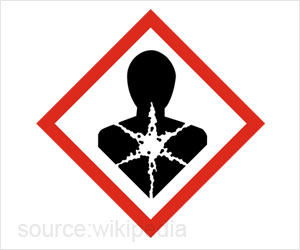Some study suggests that simply removal of dust could lead to lower exposure to chemicals. Volz and his colleagues hoped that it was true for car interiors.
The researchers divided nearly 50 study participants, all of them heavy commuters, into four groups that they tracked for two weeks. One group did not wipe dust in their cars at all, another wiped the dust both weeks, and two other groups wiped for only one of the two weeks.
All participants were given silicone wristbands to wear them during the two-week testing period continuously. The molecular structure of silicone makes it ideal for the capture of airborne contaminants such as TDCIPP.
“Going into this, our hypothesis was that the no-wipe group would have the highest concentration, the two-week wipe group would be lower, and the partial wipe groups would be somewhere in between,” Volz said. “But what we found was that there was basically no difference between any of the groups.”
Previously, the researchers assumed the fact that commuters’ primary exposure to TDCIPP is through dust that has been contaminated. Volz said that one of the possible explanations for this study’s result was the possibility that TDCIPP is not coming from dust that can be cleaned. Instead, it could have moved directly from car seats into wristbands in gas or aerosol form.
“This result suggests dust may not be the primary route of exposure,” Volz said. “Dust is definitely something compounds like TDCIPP attach to, however, we can’t rule out that people are just inhaling airborne compounds.”
Another possibility is that the flame retardant is coming in through the air vents from outside, but the researchers do not think this scenario as a valid one and least likely.
Until there is more data, Volz has a suggestion for concerned readers.
“Outside of a major policy change that replaces TDCIPP with something else, it might not hurt to wear a mask in your car,” Volz said. “Just like wearing a mask mitigates COVID-19 transmission, so too would aerosol-phase flame retardants be mitigated. N95s are probably best for this purpose.”
Source: Eurekalert



